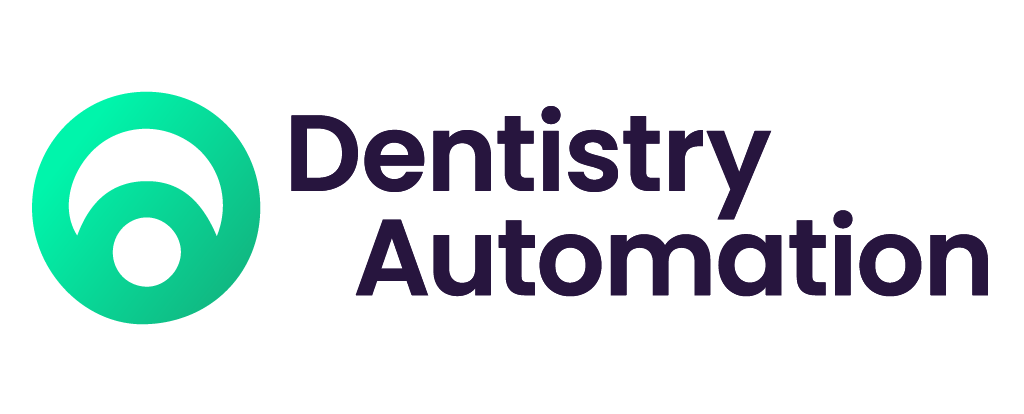Introduction
Manual EOB posting is one of the slowest, most error-prone parts of dental revenue cycle management. For DSOs managing claims across multiple practices, it’s not just a bottleneck—it’s a liability.
Each delay in posting means delayed insights, longer cash cycles, and more time wasted on fixing avoidable mistakes. That’s why leading DSOs are shifting to automated EOB posting, integrating clearinghouse data and practice management systems (PMS) to streamline operations.
In this blog, we’ll break down how to automate EOB posting, what tools are required, and the real ROI your billing team can expect when automation kicks in.
What Is EOB Posting (and Why It’s a Problem at Scale)?
An Explanation of Benefits (EOB) is a document from an insurance payer detailing what was paid, denied, or adjusted on a dental claim. Traditionally, teams have to:
- Receive EOBs manually (via paper or portals)
- Interpret them line by line
- Post payments and adjustments into the PMS
- Reconcile any underpayments or rejections
For a single practice? Time-consuming. For a DSO with dozens of locations? Operational chaos.
What Does EOB Posting Automation Look Like?
Automated EOB posting uses software to:
- Retrieve EOB data (usually in the form of 835 files or clearinghouse feeds)
- Map payments, adjustments, and write-offs
- Push that data directly into your PMS or billing system
- Trigger workflows for rejections or underpayments
No more duplicate entry. No more transposing errors. No more backlog.
Step-by-Step: How to Automate EOB Posting
1. Connect to Your Clearinghouse
Choose a solution that integrates with your clearinghouse (e.g., Change Healthcare, DentalXChange, Tesia, etc.). This is where you’ll get electronic remittance advice (ERA) or 835 files.
2. Integrate With Your PMS
Whether you’re using Dentrix, Open Dental, Eaglesoft, or another system, ensure your automation platform can post data directly into the PMS fields—payments, adjustments, and notes.
Pro Tip: Use an API-based solution like DentalBridge to ensure secure, real-time data flow.
3. Map Payment and Adjustment Codes
Every insurer has their own way of representing denials and adjustments. Properly mapping these codes avoids mismatches and data errors.
4. Automate Exception Handling
Flag claims with partial payments or denials and route them automatically to the billing team. This ensures nothing falls through the cracks.
5. Sync With Analytics or RCM Dashboard
Once data is posted, sync it with your central analytics dashboard. You’ll have up-to-date visibility into collection rates, denial patterns, and reconciliation issues.
Benefits of Automated EOB Posting for DSOs
- Time savings: Teams can focus on denial resolution and AR—not data entry
- Fewer errors: Automation eliminates transcription mistakes
- Faster cash cycles: Get paid and reconciled sooner
- Better scalability: One central team can support multiple locations
- Improved reporting: Accurate, real-time financial data across the board
What You’ll Need to Get Started
- Clearinghouse access with electronic remittance support (ERA/835 files)
- Practice Management System (PMS) that accepts electronic posting
- DentalBridge API or similar middleware for real-time data automation
- A revenue cycle partner that understands dental workflows and payer logic
Final Thoughts
Automating EOB posting isn’t just about saving time—it’s about transforming your revenue cycle into a predictable, transparent system that scales with your DSO.
If your team is still bogged down in manual posting, now’s the time to level up. Schedule a demo with Dentistry Automation and see how we help DSOs eliminate manual EOB entry—for good.

